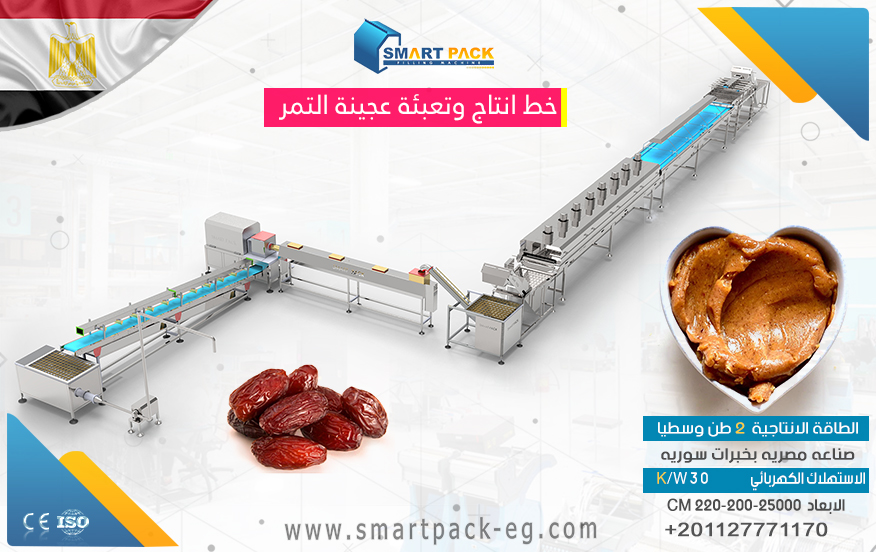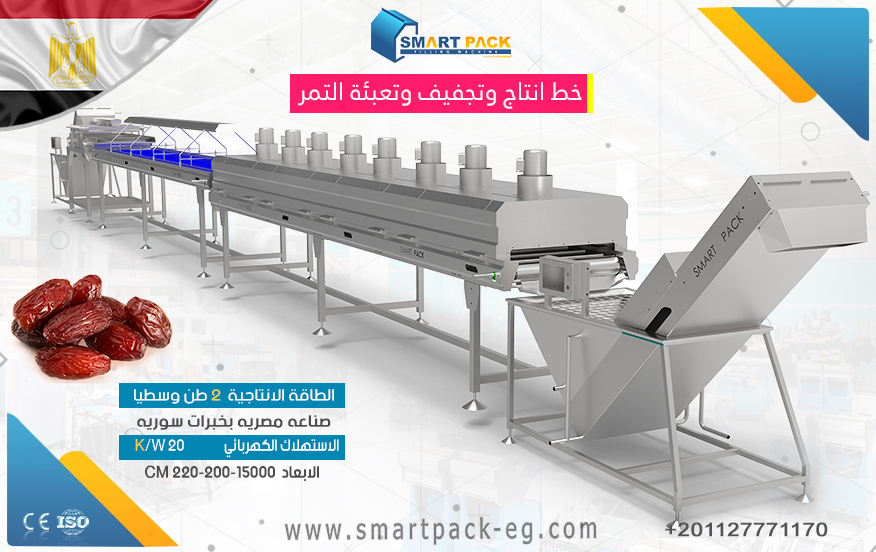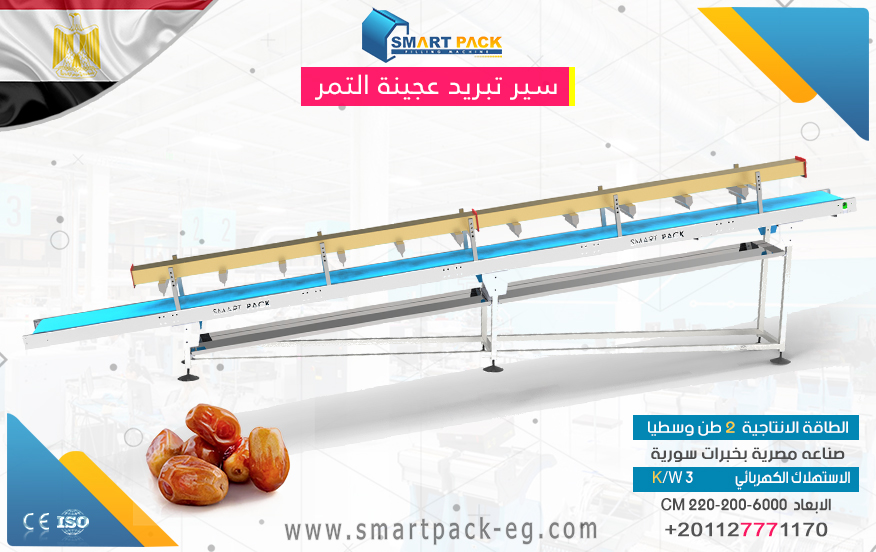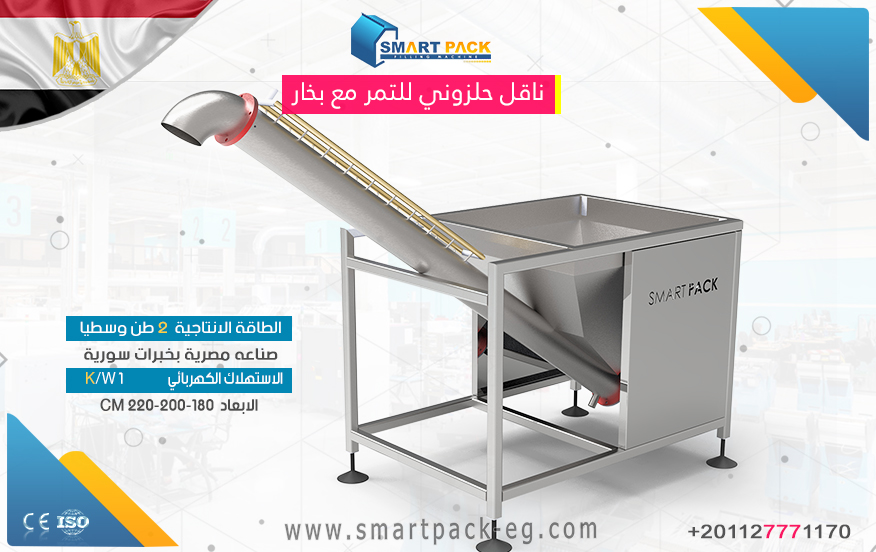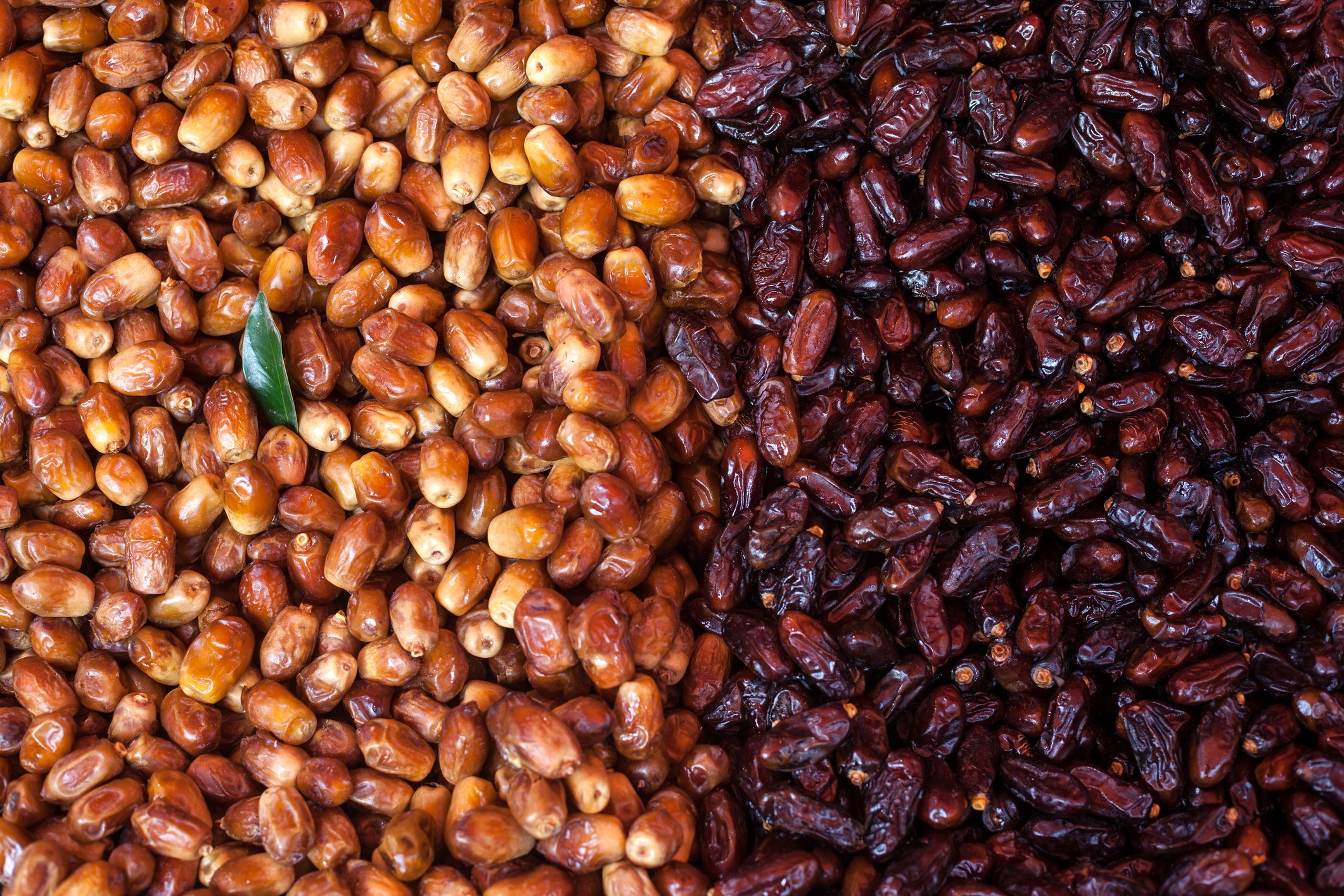Title: A Comprehensive Guide to Pesticide Production and Packaging Plant Machines, Types, Components, and Processing
Introduction:
In the agricultural industry, pesticides play a crucial role in protecting crops from pests and ensuring good harvests. Pesticide production and packaging plants are responsible for manufacturing these vital agricultural products. This guide aims to provide a comprehensive overview of the machines, types, components, and processing involved in pesticide production and packaging plants.
- Pesticide Production Machines:
Pesticide production plants utilize various machines to facilitate the efficient manufacturing of pesticides. Some essential machines include:
a) Reactors: Reactors play a fundamental role in pesticide production by enabling the controlled synthesis and chemical reactions required for pesticide formulation. They come in various sizes and capacities, ranging from benchtop reactors to large-scale industrial reactors.
b) Separators: Separators are used to isolate and extract specific chemical compounds during the production process. They help ensure the purity and quality of the pesticides by separating impurities, solvents, and by-products.
c) Mixers and Blenders: Mixers and blenders are essential for achieving uniform mixing and blending of different chemicals and active ingredients. They ensure that the raw materials are well-distributed and homogenized, guaranteeing the consistency and effectiveness of the final pesticide formulation.
- Pesticide Packaging Machines:
After the production stage, the pesticides undergo packaging to ensure safe handling, storage, and transportation. Pesticide packaging plants employ the following machines:
a) Filling Machines: Filling machines are used to accurately measure and fill pesticides into containers such as cans, bottles, or drums. These machines are designed to handle a wide range of container sizes and ensure precise and uniform filling of the liquid or powdered pesticide.
b) Capping and Sealing Machines: Capping and sealing machines are responsible for securely sealing the containers after filling. They may use various methods like screw caps, snap caps, induction sealing, or heat sealing, depending on the container type and pesticide properties.
c) Labeling Machines: Labeling machines are responsible for applying accurate and clear product labels on pesticide containers. These machines ensure compliance with regulatory standards and provide vital information about the product, such as its active ingredients, directions for use, and safety precautions.
- Components and Processing:
The components used in pesticide production include active ingredients, inert substances, solvents, emulsifiers, and other additives. These components are carefully selected and blended in specific quantities to achieve the desired pesticide formulation.
The processing steps involved in pesticide production typically include:
a) Pre-production Phase: This involves raw material selection, quality control checks, and storage. It is crucial to strictly adhere to safety protocols during this phase to prevent accidents and chemical hazards.
b) Synthesis: During synthesis, the selected ingredients are combined using reactors and mixers. The reactions are closely monitored and controlled to achieve the desired chemical reactions and product quality.
c) Formulation: In this stage, the synthesized components are mixed with solvents and other additives. The formulation process ensures proper dispersibility and stability of the pesticide, enhancing its efficacy on target pests.
d) Quality Control: Strict quality control measures, including testing for purity, potency, and safety, are implemented. Pesticides failing to meet the required standards are discarded or further processed to address any deficiencies.
Conclusion:
Pesticide production and packaging plants are crucial to ensuring the availability of effective pest control solutions for the agricultural sector. By understanding the machines, types, components, and processing involved in these plants, stakeholders can maintain high-quality standards and contribute to the safe and efficient production of pesticides. Implementing best practices and adhering to regulatory guidelines is essential to safeguard the environment, consumer health, and the ongoing success of the agricultural industry.

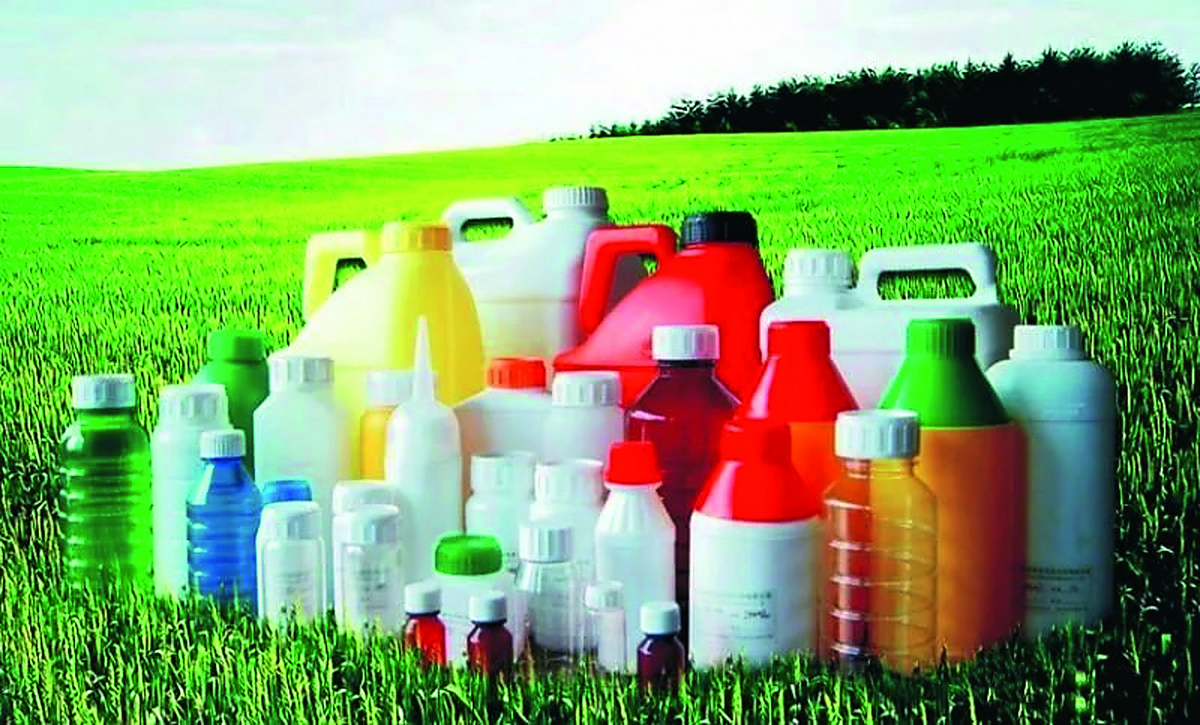
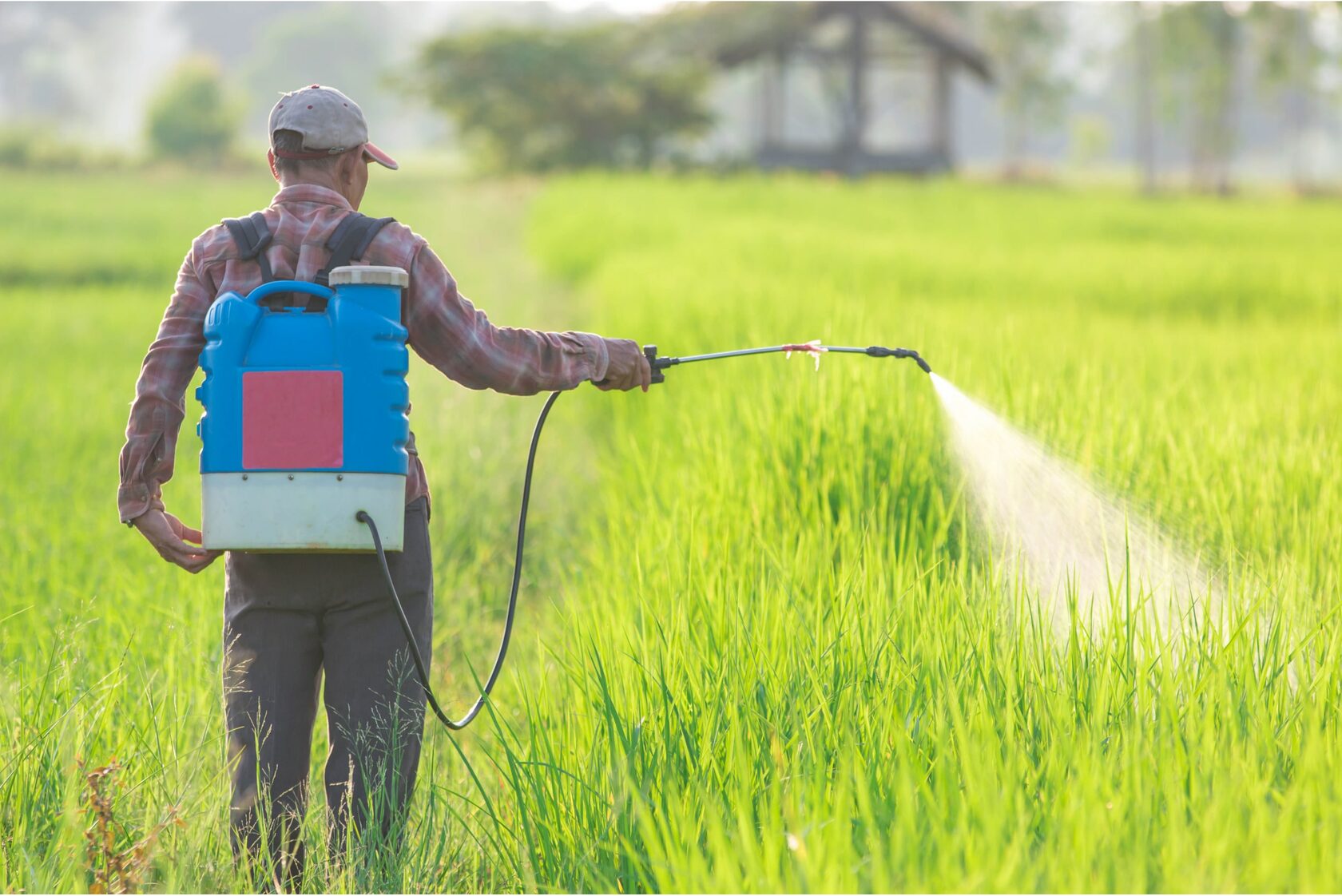
 Admin
Admin 